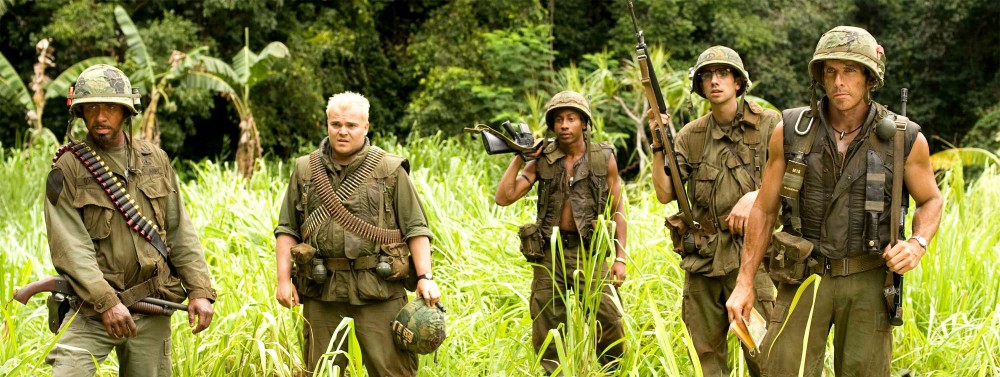In the Watermelon Woman Cheryl Dunye uses sound to create a world behind the lens of the camera. She does this by having diegetic dialog, and sound effects that take place where the camera woman, in most cases herself, would be standing in real space and time. This not only allows the world to become larger then what the viewer can see, but it makes the camera a tool of hers instead of just a window into her world where the audience watches detached. Cheryl Dunye uses diegetic sound to create a larger world for her story while making the camera an actual object used to represent the world and force the audience to see her world through a specific lens.
In the opening scene, we see the wedding that Cheryl and Tamara are filming, but instead of hearing what the camera is filming we hear conversations between Tamara and herself. Being the opening scene this helps with character development. We begin to form an idea of the two characters before we even see them. Although character development is important, opening the movie up with uncorrelated sound and picture introduces the idea that the movie we are about to see is Cheryl’s view. We see what she wants us to see, and the camera is not a window used to view her story, it is a tool used by her.
As the movie progresses this concept continues in different ways; sometimes having arguments with tamara while the camera is running. In these scenarios, cheryl is seen by the audience but Tamara is only heard. She is clearly the one holding the camera. This opens up their world to the audience and may even allow the audience to feel more as a participant then a viewer. This technique of having diegetic dialogue off camera allows the audience to be constantly reminded that Cheryl is in control of what we see, that the character Cheryl is telling the story.
Once we established that the main character Cheryl is whom is directing our sights and therefore thoughts, we can start to understand that a lens is completely controlled by her. When we discuss the “male gaze’ in this movie, we can see that it is challenged. A strong, main character is in fact a women and is not directed at love, although there is a romance. Her goals and ambitions are what drives the movie, and what the main story is about. We can also notice that the audience of this movie is directed at specific audiences; controlling whom would be interested in this movie. It also gives the feel of a home movie and takes away the expectations of a main stream cinema. It feels like a documentary almost and therefore her story comes across as truth.
Cheryl Dunye uses off camera diegetic dialogue to consistently remind the audiences that the camera is a tool, not just a window. And she illustrates what she can do with that tool. She can depict her audience, she can convince you of a false history and she can challenge social ideals. The world in which we see in The Watermelon Woman is much larger then what we actually see through the lens. It is not just a 180 degree version, but in fact a 360 degree rotation of a natural world. We dive into her world, and believe what she tells us, and are reminded of the power of the auteur.
